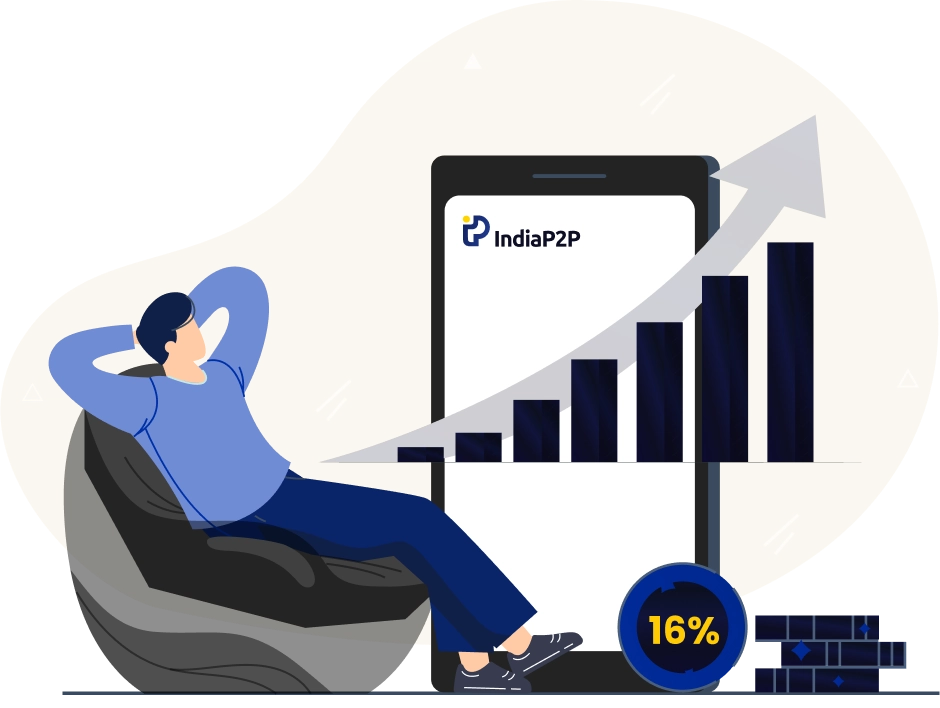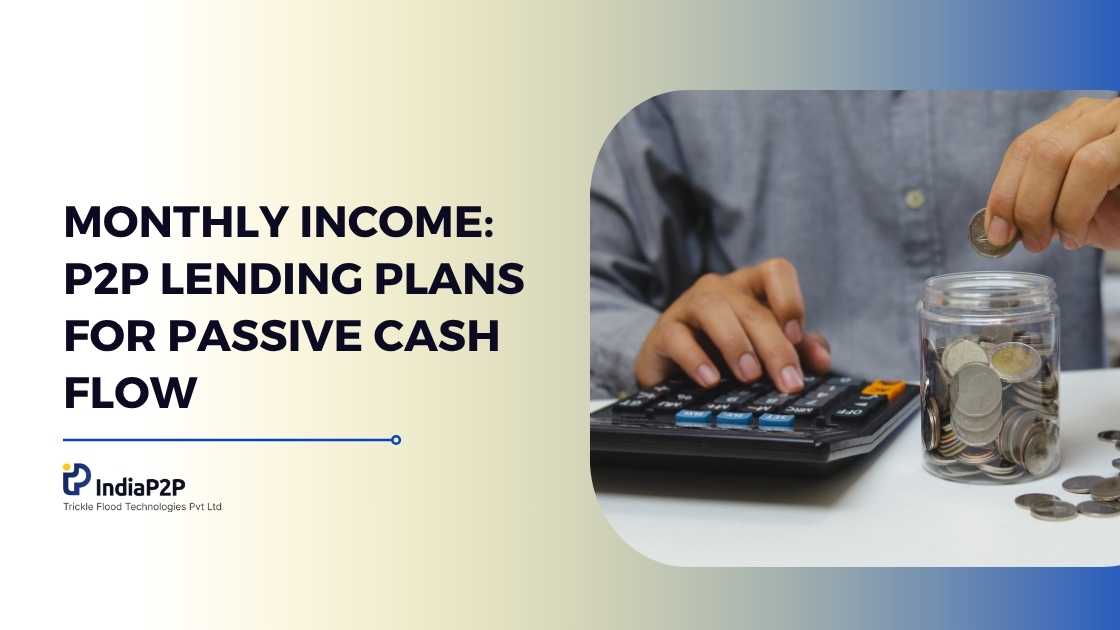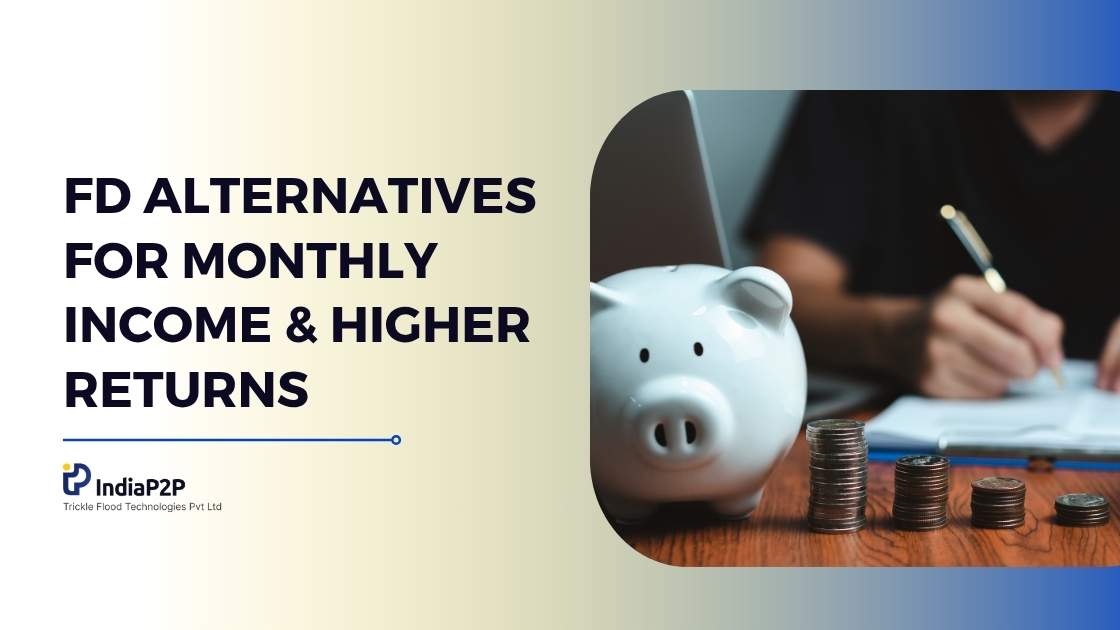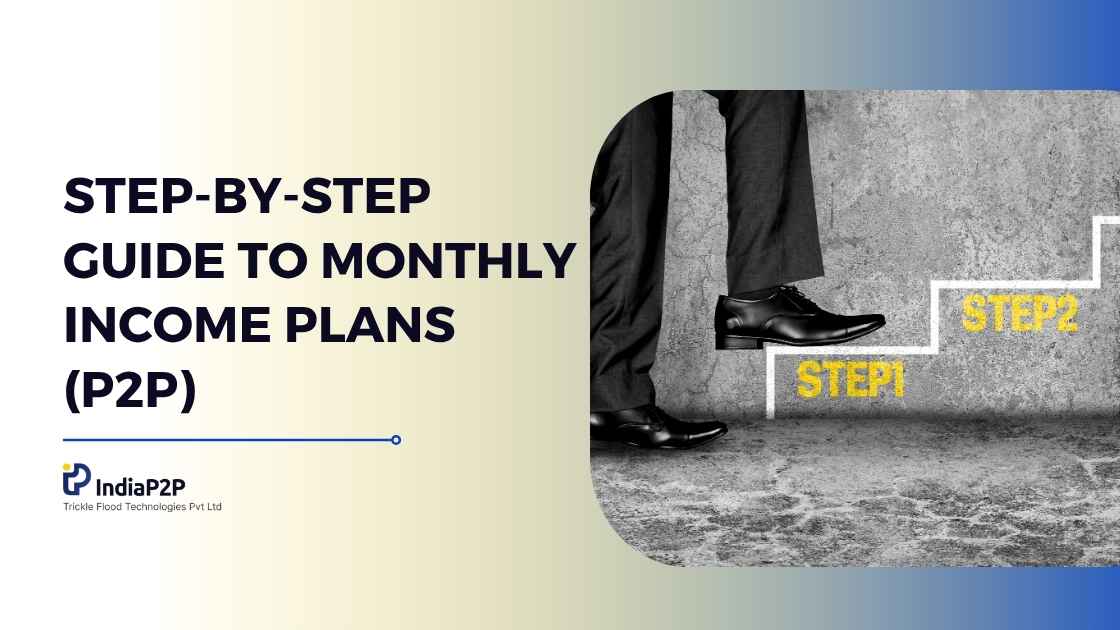Best Investment Plan for 1 Year: High Returns & Liquidity

For a one-year investment horizon, priority is placed on liquidity and capital safety over high growth. Suitable plans include short-term debt funds, high-yield P2P lending with short-tenor loan portfolios, and Corporate Fixed Deposits, all offering competitive returns without the long lock-in period or market volatility of equity investments.
Finding the perfect investment plan can be difficult when it is specifically for short-term financial goals. Whether you’re saving for a big purchase, planning a vacation trip, or just investing your money for a year, selecting an investment option that balances safety, returns, and liquidity is crucial. This guide explores the best investment plans for a 1-year period, helping you make the right informed decision.
Short-term investments are generally designed to meet financial needs within a short duration, generally less than 3 years. For such an investment, safety and liquidity are paramount. While you may not get the highest returns, you can reduce the risk and ensure easy access to your money whenever you need it.
Best Investment Plan for 1-year
While choosing an investment plan for one year, it’s crucial to consider factors such as safety, liquidity, returns, and tax efficiency. Your principal invested amount should be secure and not at the risk of significant loss, and the investment should be easy to liquidate whenever needed without any fine or delay. Generally, returns on short-term investments are lower; however, they should at least outpace inflation to ensure that your investment grows in real terms. Moreover, the tax implications of the investment also need to be considered as it may significantly impact your overall returns.
1. Fixed Deposits (FDs)
Fixed Deposits are one of the most popular investment options for investors seeking safety and guaranteed returns. Banks and Non-Banking Financial Companies (NBFCs) offer FDs with a fixed interest rate over a pre-determined time period. Depending upon the bank and prevailing economic situation, they typically offer an interest rate ranging from 5.5% to 7.5% for a one-year term. Fixed Deposits are highly safe, as they are insured up to Rs. 5 lakh by the Deposit Insurance and Credit Guarantee Corporation (DICGC). Premature withdrawals are allowed, however, they may attract a penalty. Interest earned is fully taxable as per your income slab. For example, if you invest Rs. 1,00,000 in an FD at an interest rate of 5.5%, you will earn Rs. 5,500 in interest by the end of the year.
2. Liquid Mutual Funds
Liquid mutual funds typically invest in short-term government securities, deposit certificates, and commercial papers that mature within 90 days. These funds are relatively safe, as they are highly liquid, allowing you to redeem your principal amount within 24 hours without exit load. The average returns range between 4% to 5% per annum. However, short-term capital gains (less than 3 years) are taxed as per your income tax slab. For instance, for Rs. 1,00,000 in a liquid fund, you could expect a return of Rs. 4,500 (at a 4.5% return) after one year.
3. Arbitrage Mutual Funds
Arbitrage funds are mutual funds that exploit price differences between the cash and derivatives markets. They are generally relatively low-risk and can offer better returns than liquid funds, making them suitable for a one-year investment plan. They are usually redeemable within 1-3 business days. Returns typically range between 3% to 5% per annum, and these funds are taxed as equity funds with short-term capital gains. For example, investing Rs. 1,00,000 in an arbitrage fund earn around Rs. 4,000 (at a 4% return) after one year.
4. Post Office Time Deposit
The Post Office Time Deposit is similar to a bank FD but is offered by the India Post, Government of India. It provides a fixed return, and the government reviews the interest rate offered quarterly. For a one-year investment, the interest rate currently is around 6.6% (as of 2024). Post Office Deposits are extremely safe and backed by the Government of India. Early withdrawals are allowed after the first 6 months but with a penalty. For example, if you invest Rs. 1,00,000 in a post office deposit, you would get Rs. 6,600 after one year.
5. Recurring Deposits (RDs)
Recurring deposits allow you to invest a fixed monthly amount for a pre-determined period, generally 6 months to 10 years. It works similarly to FDs but allows you to invest a fixed amount regularly rather than a lump sum at one time. This is a great choice for those who prefer to invest smaller amounts over time. Similarly, like FDs, they are also insured up to Rs. 5 lakh by the DICGC. It offers returns of around 4% to 6% per annum. For example, if you deposit Rs. 10,000 monthly for a year at 6% interest, your maturity amount will be approximately Rs. 1,23,000.
6. Short-term Debt Mutual Funds
Debt mutual funds generally invest in fixed-income securities like government bonds, corporate bonds, and money market instruments. They are less volatile than equity mutual funds and can offer better returns than traditional investment options like FDs. Short-term debt funds, invested in debt and money market instruments for 1 to 3 years, are moderately safe but carry some credit and interest rate risks. Usually, they can be redeemed within 1-3 business days without an exit load. Average returns range between 5% to 7% per annum. For example, investing Rs. 1,00,000 in a short-term debt fund could earn a return of Rs. 6,500 (at a 6.5% return) after one year.
Conclusion
Now that you are aware of the top 1-year investment plans available in India, which one should you opt for? The truth is there is no one ‘best’ investment for everyone. The right investment plan for you will depend on your specific goals, risk appetite, and tax liability.
For most investors, combining 2-3 investment options may work better than investing in a single product. For instance, you can invest some of your money in a bank FD for guaranteed returns and capital protection, invest some in a liquid or short-term debt fund for better post-tax returns, and put the remaining in some large-cap equity fund for higher growth.
The key is to align each investment with your goals and risk appetite. If capital protection is the primary goal, stick to FDs and small savings schemes. For better returns and moderate risk, opt for debt funds. Large-cap equity funds offer higher returns if you have a 1-year plus horizon and can tolerate some volatility. The key is always to stay diversified and avoid putting all your eggs in one basket.
In conclusion, India has plenty of good 1-year investment plans available for various risk profiles and return expectations. Take some time to assess different options, understand the risks and returns, and then build a diversified portfolio aligned with your financial goal. With proper planning and smart investing, you can make your money work hard for you even in a short 1-year time frame.





